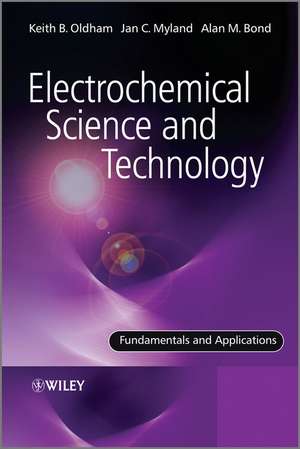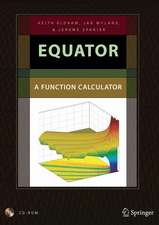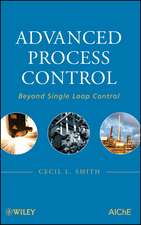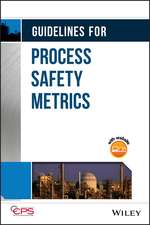Electrochemical Science and Technology – Fundamentals and Applications
Autor KK Oldhamen Limba Engleză Hardback – dec 2011
Electrochemical Science and Technology is addressed to all who have a need to come to grips with the fundamentals of electrochemistry and to learn about some of its applications. It will constitute a text for a senior undergraduate or graduate course in electrochemistry. It also serves as a source of material of interest to scientists and technologists in various fields throughout academia, industry, and government - chemists, physicists, engineers, environmentalists, materials scientists, biologists, and those in related endeavors.
This book:
- Provides a background to electrochemistry, as well as treating the topic itself.
- Is accessible to all with a foundation in physical science, not solely to chemists.
- Is addressed both to students and those later in their careers.
- Features web links (through www.wiley.com/go/EST) to extensive material that is of a more tangential, specialized, or mathematical nature.
- Includes questions as footnotes to support the reader's evolving comprehension of the material, with fully worked answers provided on the web.
- Provides web access to Excel(R) spreadsheets which allow the reader to model electrochemical events.
- Has a copious Appendix of relevant data.
| Toate formatele și edițiile | Preț | Express |
|---|---|---|
| Paperback (1) | 512.19 lei 43-57 zile | |
| Wiley – dec 2011 | 512.19 lei 43-57 zile | |
| Hardback (1) | 996.56 lei 43-57 zile | |
| Wiley – dec 2011 | 996.56 lei 43-57 zile |
Preț: 996.56 lei
Preț vechi: 1365.15 lei
-27% Nou
Puncte Express: 1495
Preț estimativ în valută:
190.75€ • 207.27$ • 160.34£
190.75€ • 207.27$ • 160.34£
Carte tipărită la comandă
Livrare economică 21 aprilie-05 mai
Preluare comenzi: 021 569.72.76
Specificații
ISBN-13: 9780470710852
ISBN-10: 0470710853
Pagini: 416
Dimensiuni: 170 x 244 x 23 mm
Greutate: 0.93 kg
Ediția:New.
Editura: Wiley
Locul publicării:Chichester, United Kingdom
ISBN-10: 0470710853
Pagini: 416
Dimensiuni: 170 x 244 x 23 mm
Greutate: 0.93 kg
Ediția:New.
Editura: Wiley
Locul publicării:Chichester, United Kingdom
Public țintă
Industrialists (companies in the semiconductor industries, chemical enterprises, battery and fuel cell producers), academics in a range of disciplines, such as chemistry, engineering, physics, biology, ecology, and related subjectsDescriere
This book addresses the scientific principles underlying electrochemistry. Starting with basic concepts of electricity, early chapters discuss the physics and chemistry of electrochemical cell materials and the properties that make them appropriate as cell components.
















